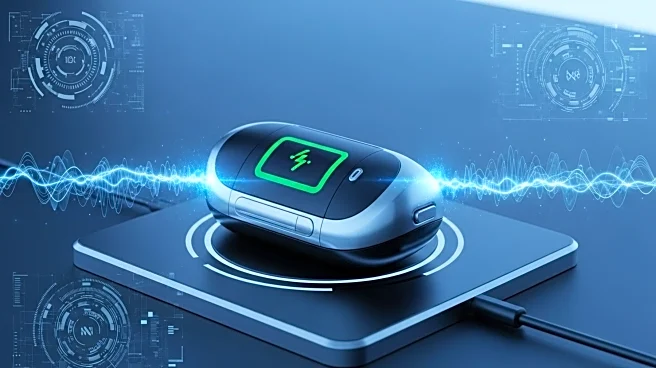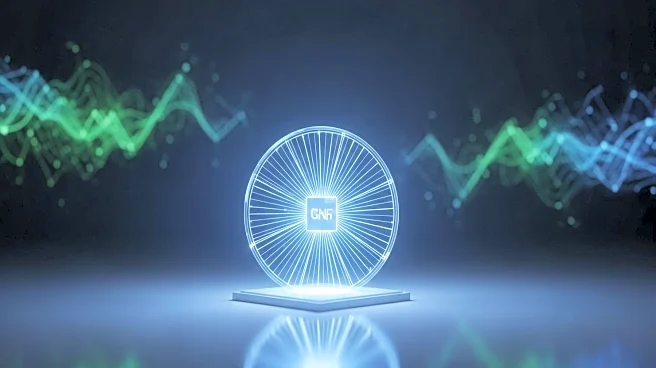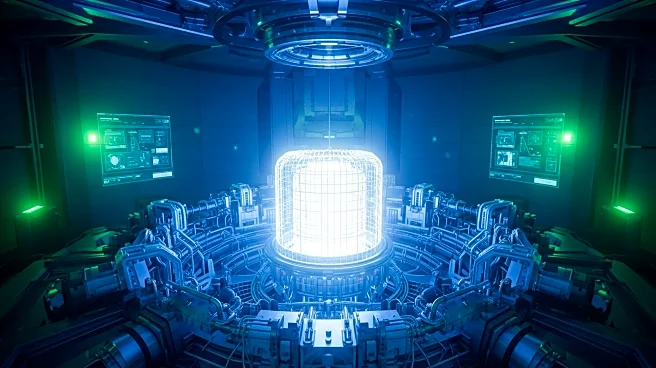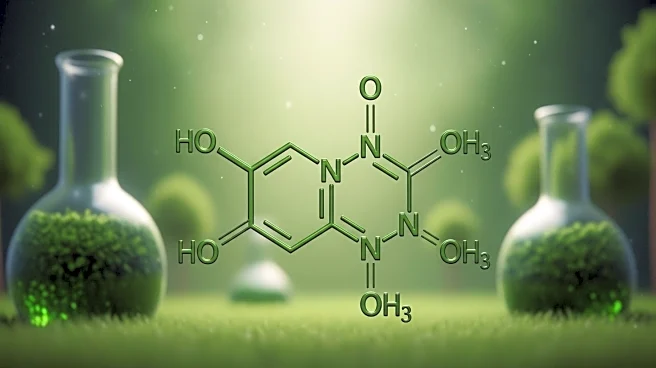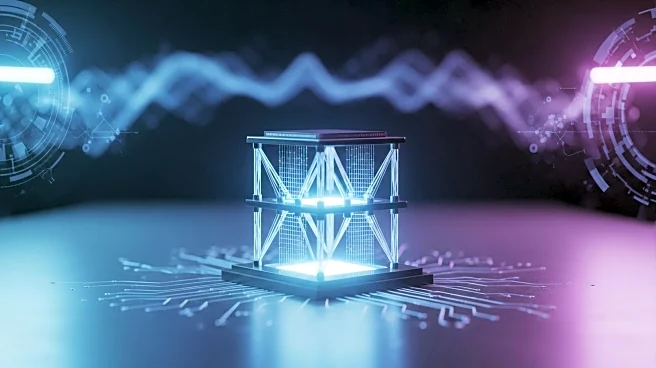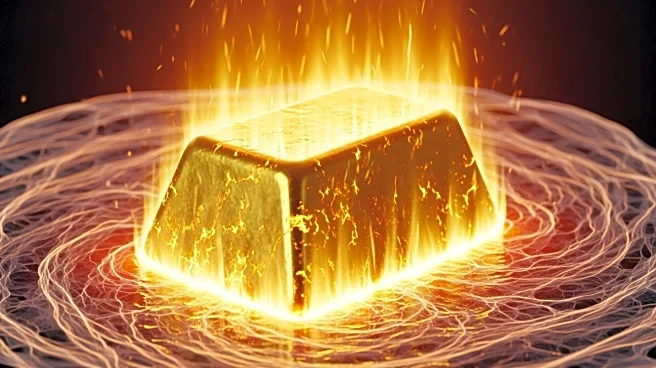What's Happening?
A study co-led by ICN2 has revealed that ice is a flexoelectric material, capable of generating electricity when unevenly deformed. Published in Nature Physics, the research shows that ice can produce electric charge through mechanical stress at all temperatures, with a ferroelectric layer forming at temperatures below -113°C. This discovery could have significant implications for technology and natural phenomena, such as the formation of lightning during thunderstorms. The study suggests that the flexoelectric properties of ice could contribute to the electrification of clouds, a key factor in lightning generation.
Why It's Important?
This discovery positions ice alongside electroceramic materials like titanium dioxide, which are used in advanced technologies such as sensors and capacitors. Understanding ice's electromechanical properties could lead to new technological applications, particularly in cold environments where ice could be used as an active material. Additionally, the findings provide a potential explanation for the electrical charging of ice particles in clouds, offering insights into the natural processes that lead to lightning. This could enhance our understanding of weather phenomena and improve predictive models.
Beyond the Headlines
The study opens up new avenues for research into the practical applications of ice's flexoelectric properties. Potential developments could include electronic devices that utilize ice as a component, fabricated directly in cold environments. This could lead to innovations in energy harvesting and storage, particularly in regions where ice is abundant. The research also highlights the broader implications of understanding natural materials and their properties, which can inspire new technological solutions.




